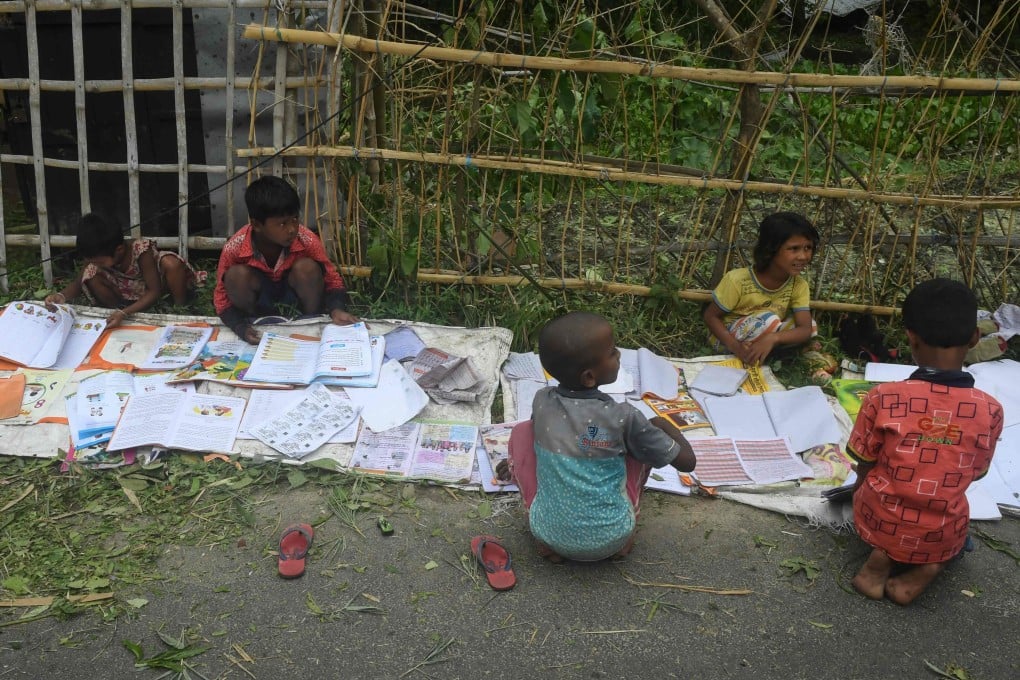Advertisement
Opinion | How Sino-Indian cooperation can help Bay of Bengal prosper
- Whether it’s industrialising, fighting tuberculosis or improving child nutrition, the bloc would benefit from New Delhi and Beijing working together
Reading Time:3 minutes
Why you can trust SCMP
2

The Bay of Bengal is the world’s largest bay, situated strategically between the Strait of Malacca and the Arabian Sea. However, it has yet to achieve its economic potential. While the Bay of Bengal Initiative for Multi-Sectoral Technical and Economic Cooperation, or BIMSTEC, seeks to bring change through an upcoming summit in Bangkok, some members of this bloc of nations surrounding the bay are navigating challenges of their own.
Advertisement
Myanmar is mired in civil war. Bangladesh is under an interim government. Economically successful Thailand has just seen an abrupt change of prime ministers.
Effective institutions often outweigh geography in economic development, as exemplified by Singapore and the United Arab Emirates. Both economies have also struck a deft balance in their relations with great powers. Similarly, instead of being Balkanised into spheres of influence, the Bay of Bengal could unlock its potential through effective Sino-Indian collaboration.
Given the globalisation of supply chains, international collaboration is critical for advanced manufacturing.
While China struggles to develop a self-sufficient chip industry amid US-orchestrated restrictions, the United States might find it difficult to expand its electric vehicle industry beyond Tesla without Chinese batteries.
Advertisement
From the US to Japan, successful industrialisation has often leveraged the know-how of nations that industrialised earlier. Bangladesh, for example, has built and expanded its textile and garment industry with investments from South Korea and China.

Advertisement
